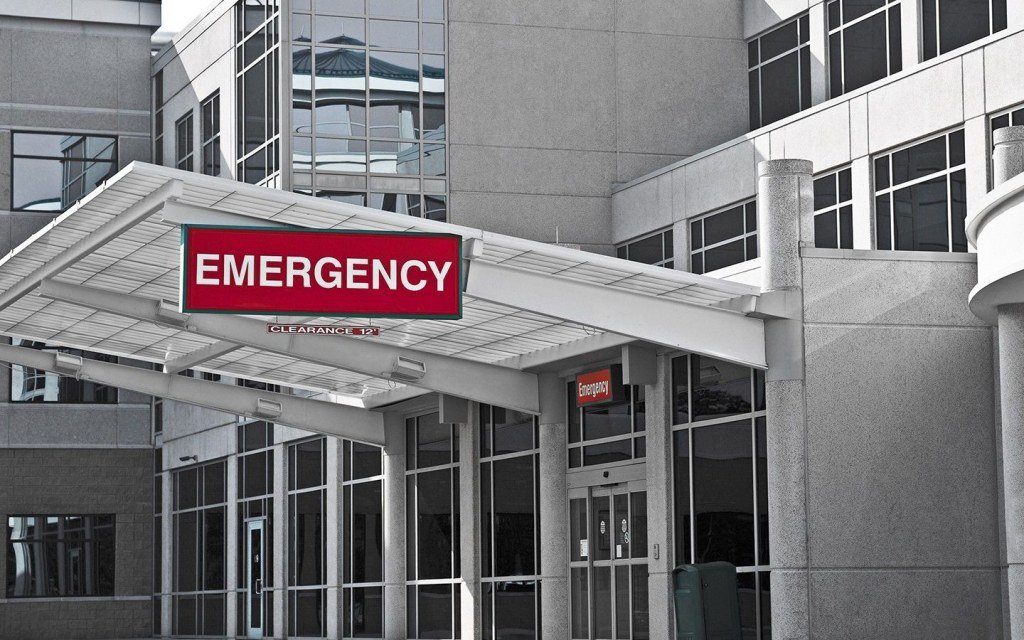
In today’s real estate market, location is not just about scenic views or centrality. Increasingly, proximity to essential amenities like schools and hospitals is becoming a key factor for homeowners and investors alike. Neighborhoods near these facilities often witness higher demand, increased property values, and enhanced convenience for residents. This article explores the various benefits, factors, and trends associated with living near schools and hospitals.
One of the primary reasons families prioritize neighborhoods near schools is convenience. Parents want their children to have quick, safe, and easy access to quality education. Living close to schools saves time on daily commutes and ensures children can participate in extracurricular activities without the stress of long travel.
Parents also value neighborhoods with reputable schools because it reflects a strong community environment. Areas surrounding well-known schools often attract families who are invested in education and safety, which can improve overall neighborhood quality.
Investors also notice these advantages. Rental properties near popular schools often see higher occupancy rates and premium rents, making them attractive for long-term investment.
Hospitals are another critical factor influencing neighborhood desirability. Proximity to healthcare facilities provides peace of mind, especially for families with children, elderly members, or residents with health concerns.
Access to hospitals ensures quick medical attention during emergencies, which is a significant consideration for many homebuyers. Moreover, neighborhoods near hospitals often attract medical professionals, further contributing to community growth and property demand.

These factors make properties near hospitals particularly appealing to both families and investors.
The most sought-after neighborhoods often combine proximity to both schools and hospitals. This dual convenience creates a balanced lifestyle, attracting a mix of families, professionals, and retirees.
Investing in these neighborhoods can yield both lifestyle and financial benefits, as demand remains strong even during market fluctuations.
While proximity generally increases property value, not all schools or hospitals have the same impact. Several factors influence the extent of this effect:
Properties near top-tier schools or specialized hospitals tend to see higher appreciation. A well-regarded institution attracts families who are willing to pay a premium for convenience and quality.
Neighborhoods with smooth traffic flow, good public transport, and pedestrian-friendly streets offer better convenience. Easy accessibility further boosts property value.
Even if a property is close to schools or hospitals, poor infrastructure or high crime rates can diminish its appeal. Safety, street lighting, parks, and clean surroundings play a major role.
Upcoming schools, hospitals, or commercial projects can positively impact property prices. Investors often seek neighborhoods with planned infrastructure to capitalize on future appreciation.
Selecting the right neighborhood near schools and hospitals requires a mix of personal preference and market research. Here are key considerations:
Check academic performance, extracurricular opportunities, teacher-to-student ratios, and parent reviews. Proximity is important, but quality matters more in the long run.
Identify the type of hospitals nearby—general, specialty, or emergency care—and ensure they meet your family’s healthcare needs.
Even if a property is close, congested roads can reduce convenience. Evaluate traffic patterns during school start and hospital visiting hours.
Look at historical property appreciation rates, rental yields, and future developments in the area. This ensures both lifestyle benefits and financial returns.

Some buyers avoid neighborhoods near hospitals due to perceived noise, heavy traffic, or crowding. While these concerns exist, modern urban planning often mitigates them through proper zoning, noise reduction measures, and traffic management. Similarly, not every school boosts property value—only those with strong reputations and demand show noticeable impact.
Investing in neighborhoods near schools and hospitals provides both immediate convenience and long-term financial gains. Families enjoy time savings, reduced stress, and better access to essential services. Investors benefit from steady demand, higher occupancy rates, and property appreciation.
Urban planners increasingly recognize the importance of integrating essential services within residential areas. As cities grow, neighborhoods near quality schools and hospitals will continue to experience strong demand.
The rise of mixed-use developments, smart city initiatives, and community-focused projects makes these areas even more attractive. Families and investors are likely to prioritize neighborhoods offering comprehensive convenience, lifestyle benefits, and safety.
Neighborhoods near schools and hospitals are more than just convenient—they are smart investments. Whether you are a family seeking a secure, vibrant environment or an investor looking for steady appreciation, these areas provide unparalleled benefits. By considering quality, accessibility, safety, and future growth, buyers can make informed decisions that enhance both their lifestyle and financial security.
Living near essential amenities transforms everyday life, reduces stress, and strengthens community ties. The combination of accessibility, safety, and strong property value growth makes these neighborhoods increasingly desirable in today’s competitive real estate market.
Do Follow Estate Magazine on Instagram
Dubai Rental Returns: Waterfront vs City Center – Which Delivers More?
